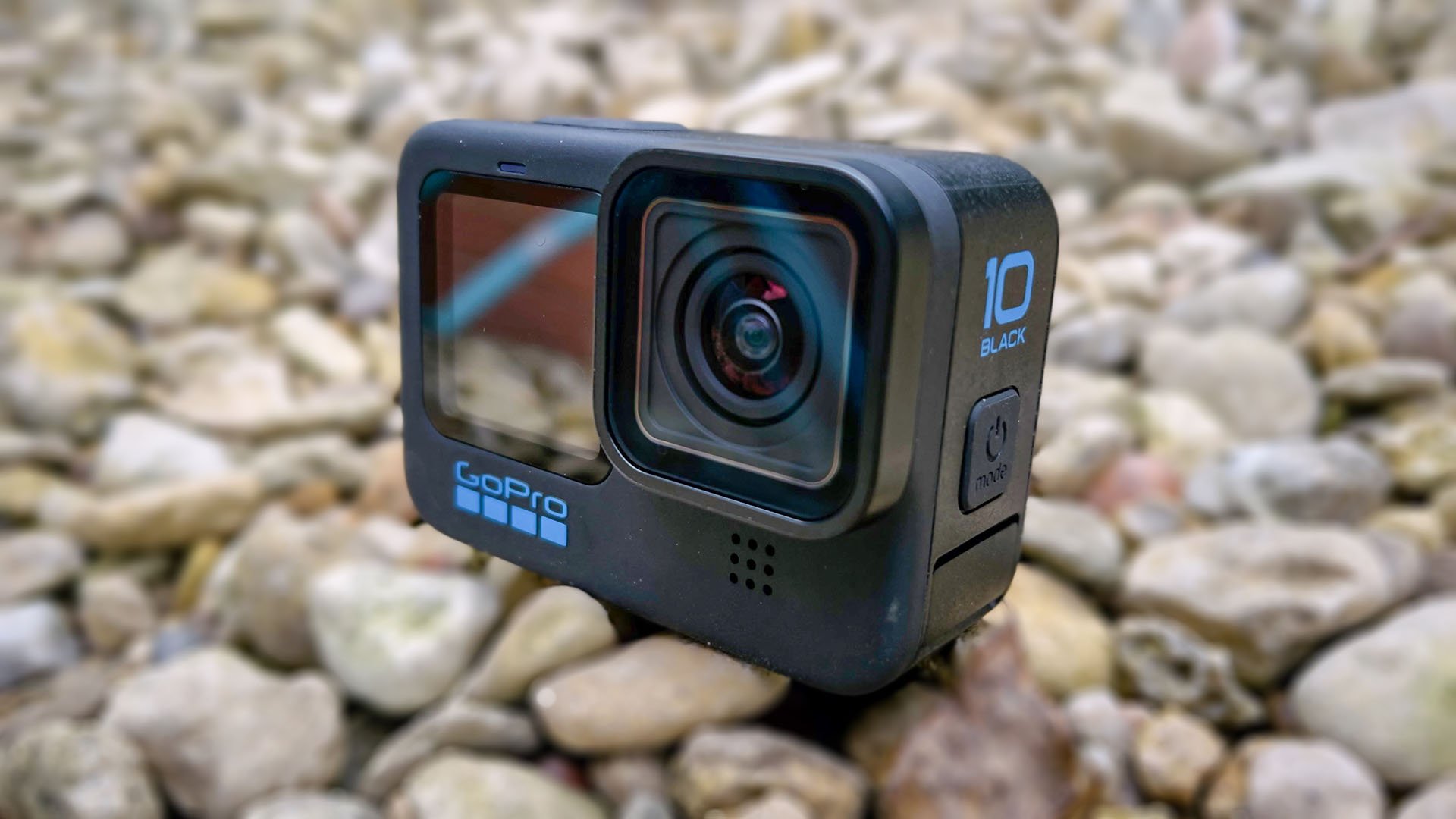
The GoPro HERO 10 Black is here, and this is our detailed review of one of GoPro's most important releases to date.
It's safe to say that the announcement of the GoPro HERO10 wouldn't have been a surprise to anyone who was eagerly awaiting its official release. Details were accurately leaked a little earlier this last month, but they don't give you the whole story about the camera, which is a milestone release for the company. Of course, the tenth iteration was always going to be an important one, but with some people jumping ship to alternatives, the HERO10 really did need to be something special. So has it delivered on the promise?
GoPro HERO 10 background
The company's GP1 processor was first implemented into the HERO6. While that camera was a fantastic performer, once the heady heights of 5K with HyperSmooth stabilisation were reached with the HERO9, the chip showed its technological age. However, the HERO9 was no slouch in the picture quality department. It still produced industry-leading image quality, but the interface was a little slow and lacking in responsiveness at times. It was time for an upgrade.
Enter the HERO10. The GP2 chip had been on the cards for a while, and in truth, I wouldn't be shocked if we find out some years in the future that it was intended for the HERO9. Chip development is no easy feat, particularly now, but the good news is it's here, and it has made a big difference.
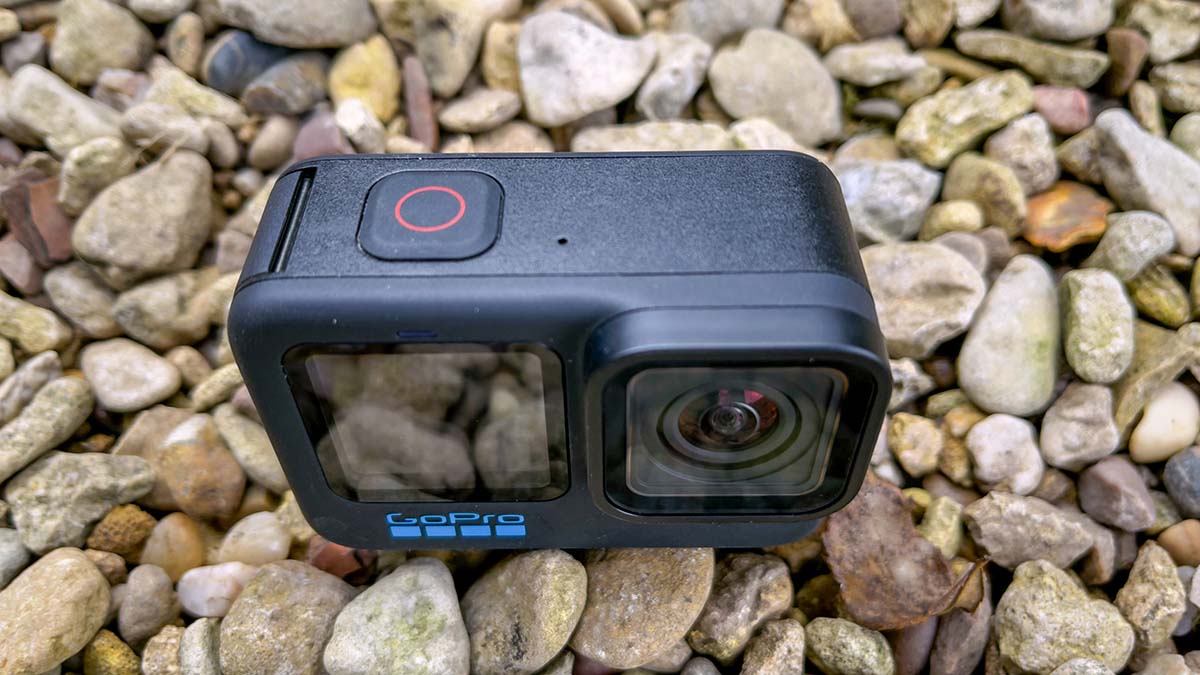
The GoPro HERO10 might look similar to the HERO9, but inside, it's al change.
GoPro HERO10 specs
The HERO10 uses the same Sony IMX677 stacked CMOS chip as the HERO9. Yes, I know you've been reading elsewhere that the HERO10 is 5.3K vs 5K and therefore, it's a larger, newer chip. It isn't. Or at least the evidence available says that it isn't, since there's no other Sony chip of its size and spec currently available. The specs of the HERO10 are well within the capabilities of the IMX677. The reason there's more resolution is thanks to the GP2 chip, which can make much more use of the chips performance capabilities. Here's a TL;DR of the HERO10's main features:-
- 5.3K up to 60fps
- 4K up to 120fps
- 2.7K up to 240fps
- New GP2 processor
- Faster uploading to mobile devices
- Automatic uploading to the cloud when charging
- New hydrophobic lens protector
- Faster, smoother interface
- HyperSmooth 4.0
These are the standout features you will have read about, but they only tell part of the story.
HERO9 vs HERO10, what's changed?
The HERO10 appears almost identical to the HERO9 externally, except for a slightly darker finish and blue logo text. However, inside is a different matter. GoPro has redesigned the internals for a better thermal profile and has shaved a tiny amount off the weight.
Turn on the camera, and you'll start to see the improvements. It powers on more quickly for a start, and then you'll immediately notice how smooth the interface is. We're not talking about a slight improvement here, but a complete night and day difference from HERO9. It's silky smooth and responsive, and although there's still an ever so occasional false press, 99.9% of the time, it works just as you'd expect a modern touch interface to.
The HERO10 features much higher framerates than the HERO9, with up to 120fps in 4K possible. I have to admit that I wasn't expecting this, but it's incredibly welcome and finally brings proper slow motion at high resolutions to an affordable camera. 60fps in 5.3K is another bonus, meaning that half-speed slow motion is possible at the highest resolutions. 5.3K resolution also means that in 4:3 mode, you can grab 19MP stills from video. That's quite incredible for such a small device.
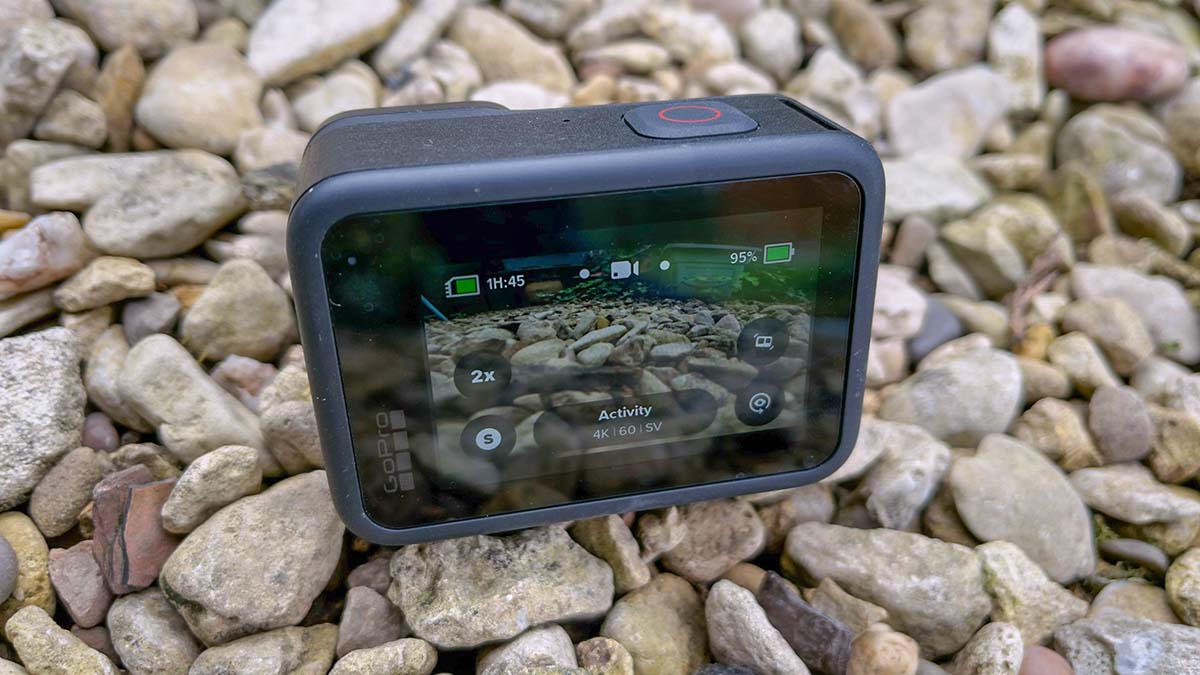
The touch screen on the HERO10 is much more responsive thanks to the GP2 processor.
However, there are many more under the hood changes and subtle improvements. For example, the GP2 processor offers much better image handling, with quite significant improvements to noise, particularly in the shadows. One thing that isn't listed as a significant change, but I think should be, are the three new colour profiles.
In previous HERO cameras, you could select between Flat and GoPro colour. Now there are three options, Vibrant, Natural, and Flat. The camera defaults to Natural, and, personally, I think this is the most pleasing profile on a GoPro yet. GoPro tends to use the Vibrant profile in its promo and athlete videos. But for me, I prefer a more natural look, and the Natural profile is perfect. More on this later.
Aside from more framerates being made possible, the GP2 chip has enabled a more flexible Linear+Horizon levelling mode, with horizon correction in-camera being increased to 45-degrees vs 27-degrees on the HERO9. The Max Lens Mod is still compatible with the HERO10, as are all the other HERO9 Mods, although this compatibility wasn't yet enabled in the pre-release firmware we had. It will be by the time you read this.
Another new addition is a redesigned replaceable lens protector. The new lens protector is now more scratch resistant and produces far less flaring, but importantly it is also now hydrophobic.
On previous cameras, anyone involved with watersports would lick the lens to make any water droplets bead off rather than stick to the glass, obscuring the view. This is no longer necessary, and for me, at least, this is an incredibly useful improvement! My verdict during testing is that it works exceptionally well. I've used it during white water kayaking and surfing, and I haven't yet had a video ruined by an errant water droplet sticking to the lens.
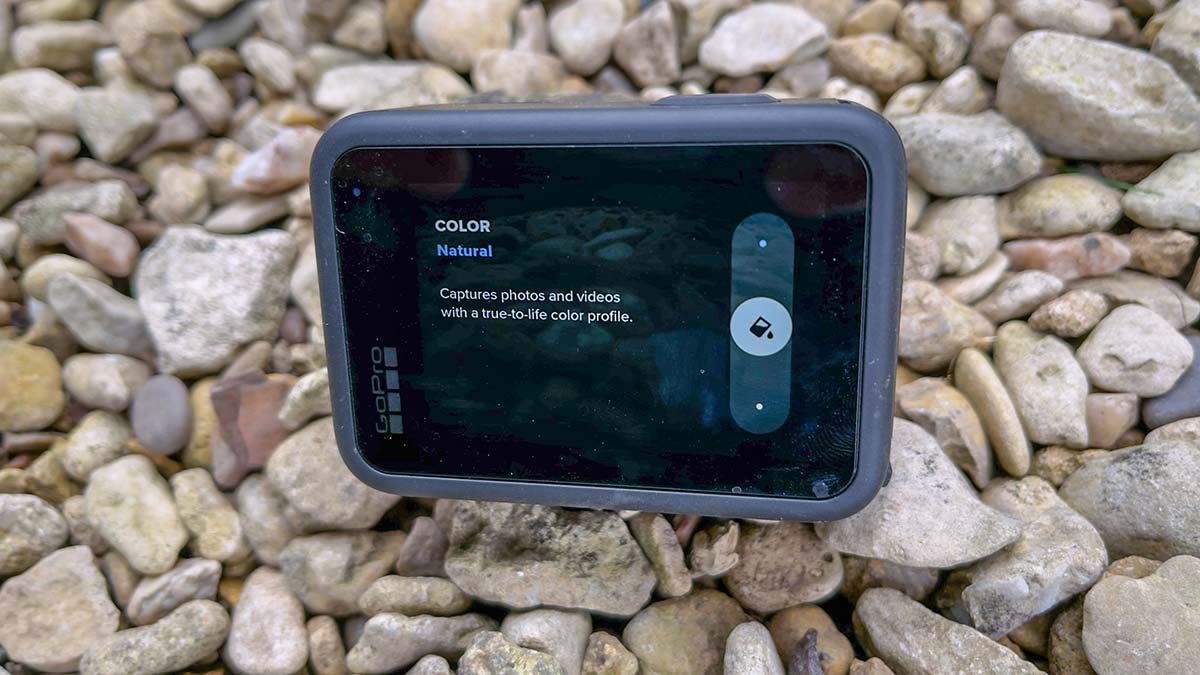
The HERO10 features three picture profiles vs two on the HERO9.
Auto uploads to the cloud
GoPro had a great year financially, and this was due in no small part to the success of its subscription service. Subscribers get discounts on the camera itself and accessories, but they also get cloud storage for their footage. This year, users get unlimited storage, and the HERO10 makes use of this with the ability to auto-upload footage to the cloud when it is plugged into a USB charger.
Setup needs to be performed from within the Quik mobile app to send the camera your wifi connection and GoPro account details. But once this is done, each time you connect the HERO10 to a USB charger, and it reaches full power, it will auto-upload the full resolution and quality files to your subscription storage.
This probably won't interest you if you have slow internet, but it's a helpful backup for those with faster connections. Sometimes, when you get back from a day of activity, family life brings you back to reality; this assures you that your footage is getting backed up with minimal effort.
Real-world user experience
From the first time you power it up, the HERO10 is a new user experience. The interface design is pretty much the same in appearance as the HERO9, but it is much, much smoother and more responsive. It's not just marketing hyperbole; GoPro has seriously improved things here. For example, when I've been out on the river with wet hands, I haven't had anywhere near the same frustrating experience of false presses as I have with previous cameras or other makes. False presses do still very occasionally occur, but they are so rare that if you are still getting them often, your fingers must be the size of sausages with all the subtlety of Inspector Clouseau.
When taking photos, there's still a slight delay taking a SuperPhoto, so it isn't instant, but the HERO10 takes the picture and is ready to rock again in about a third of the time it takes the HERO9. With raw photos, the HERO10 is ready to take another shot in about half the time.
HERO10 battery life
Battery life on the camera is very similar to the HERO9 if you use it mode for mode. For example, running at 5.3K at 30fps will give you very similar runtimes to the HERO9 at 5K 30fps. Put the camera into 4K at 120fps on the other hand, and you will start to see much more power drain. This isn't really a surprise. Higher frame rates use more power, but it's unlikely that you will want to be filming for extended periods at 120fps.
HyperSmooth 4.0
HyperSmooth 3.0 on the HERO9 was already incredibly good, but things have improved subtly on the 10. For example, in Linear + Horizon Levelling lens mode at 30fps, on the HERO9, there's a choice of Off, On, or Boost for the HyperSmooth settings. On the HERO10, there's Off, High, and Boost. Switch the camera to 60fps with the same lens mode, and you get the same options as the HERO9 at 30fps.
Curiously, the HERO10 set to 5.3K at 30fps in the Linear + Horizon Levelling mode with HyperSmooth set to Boost gives a noticeably wider FOV than the HERO9 with the same settings. This is in fact true for all 16:9 video modes.
This related to the wider sensor area that is used on the HERO10, there's more margin available for stabilisation. This is also why the horizon levelling capability has been increased from 27-degrees in the HERO9 to 45-degrees in the HERO10.

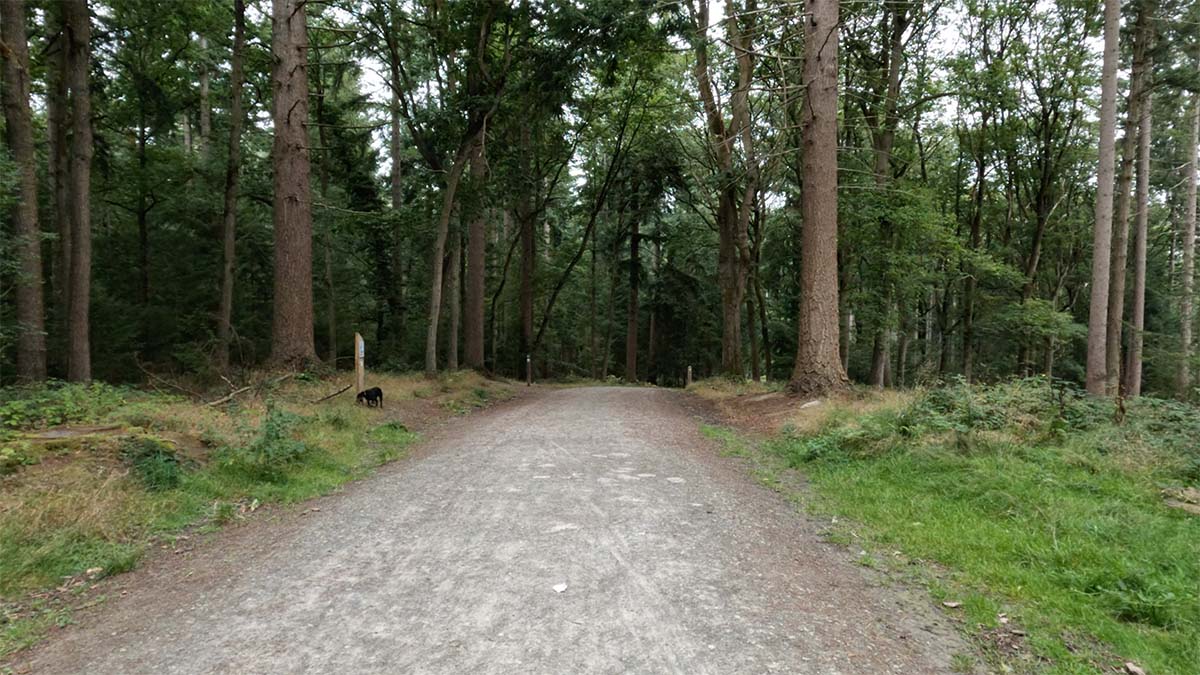
HERO9 (top) vs HERO10 (bottom) FOV in Linear+ Horizon Levelling + Hypersmooth Boost.
Image quality
I'm going to focus on video here rather than stills for the moment. At first glance at the footage, it's easy to think the differences are slight. However, on closer inspection, things have changed markedly.
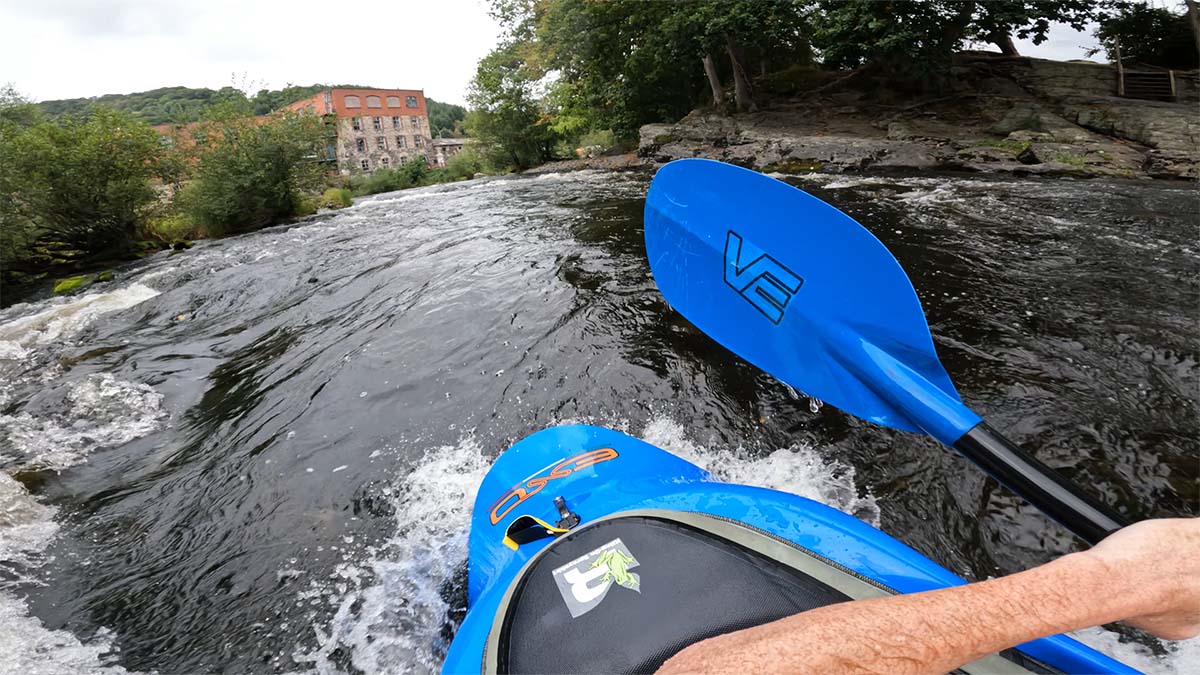
The natural colour profile makes for a realistic, but punchy image.
One of the first things you'll notice is how much more detail and lower noise there is in shadow regions, particularly in low light. This is because the GP2 has opened up the ability to use more sophisticated 3D noise reduction, and the improvement is very noticeable. In a still grab, the differences are less noticeable than when the video is playing through. I've uploaded comparison files here. Look at how the detail of trees appears in the distance and how the noise behaves. Note, too, the detail on the gravel path.
The colour science on the HERO10 is also hugely improved, with noticeably better skin tones and much more realistic hues in natural elements such as grass. The image is also more detailed, with individual blades of grass visible, rather than disappearing into mush.
The detail settings on the HERO10 have also been fine-tuned, so the 4K modes with the detail set to Low still produces a lovely detailed yet smooth image. Most creators interested in mixing GoPro footage with their larger cameras will be using a Low detail setting, so this is a welcome thing to see.
The Natural image profile will be the one I think most users will opt to use. It appears to give the best of both worlds between the Flat profile and the Vibrant one whilst still retaining a punchy yet realistic look. I like it.
Viewing the video on a 4K ASUS PA32UCG monitor, you can usually spot every flaw in a video image. Here, for such a small camera, it's a very pleasing image indeed. With the sharpness set to Low, it is by far the cleanest image I have seen from an action camera thus far. However, I have noticed a strange anomaly: the 5.3K files from the HERO10 playback more smoothly on my MacBook Pro than the 5K files from the HERO9. I'm not sure why this is, and I can't offer an explanation. Yet. All I can say is that they do. It's a positive, but an unexplained one.
Another aspect that the GP2 chip has sped up is the wireless footage transfer to mobile devices. You can transfer footage with the HERO10 using a cable to your phone or tablet or wirelessly. It is a marked improvement in practice, with footage transferring at a speed that won't have you watching the battery level on your phone counting down!
Conclusions
Each year GoPro makes improvements to its HERO series cameras. The HERO10 appears to fix most complaints levelled at the HERO9 and throws in a whole raft of advancements into the mix.
It's often said that even-numbered GoPro's are the best, and the HERO10 would very much appear to be sticking to that theory. It's much easier to operate thanks to the faster, more responsive interface, and in my opinion, the image quality has improved quite noticeably. In addition, I haven't yet encountered any freezing with the camera. The only issue I did have was caused by one of my SD cards causing an error. The camera took a little time to power down, but it fixed the video file when I rebooted it, and I was on my way again. This isn't to say that the camera will be infallible, but just that so far, I haven't encountered any freezing. Fingers crossed!
Should you upgrade? My advice is based on assuming you are a regular user of GoPros rather than using a camera once a month.
If you have a HERO7 and held off from the 8 and 9, then unequivocally yes, the 10 is a very worthwhile upgrade or addition. If you have a HERO9, it is also worth the upgrade simply for the interface alone. But I also feel that the colour science is a cut above that camera as well. I realise that this might come as a bittersweet recommendation given the recency of the 9, but the improvements are hard to ignore.
The HERO10 is the GoPro camera you've been waiting for.


Comments